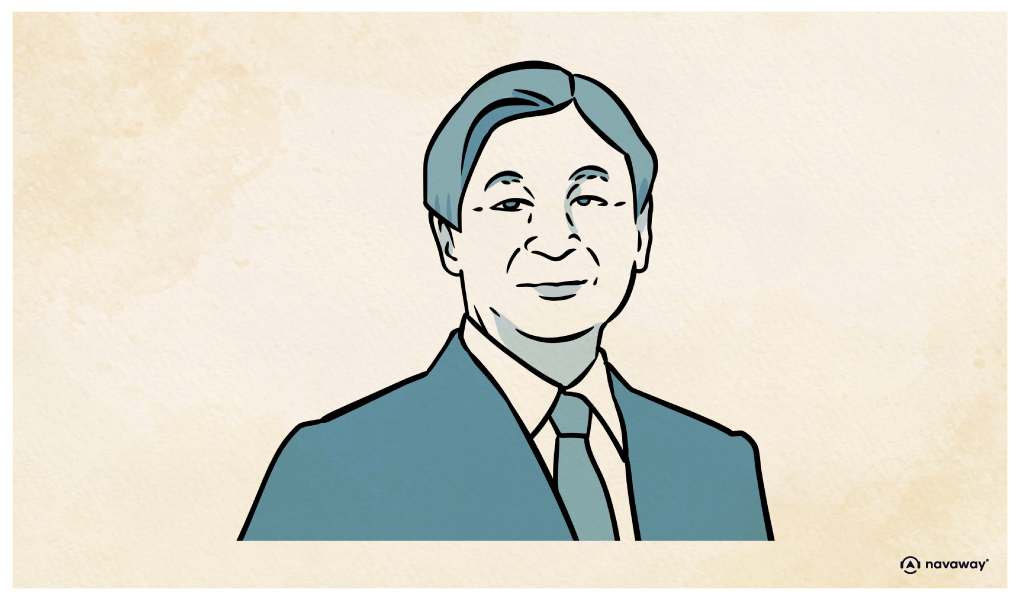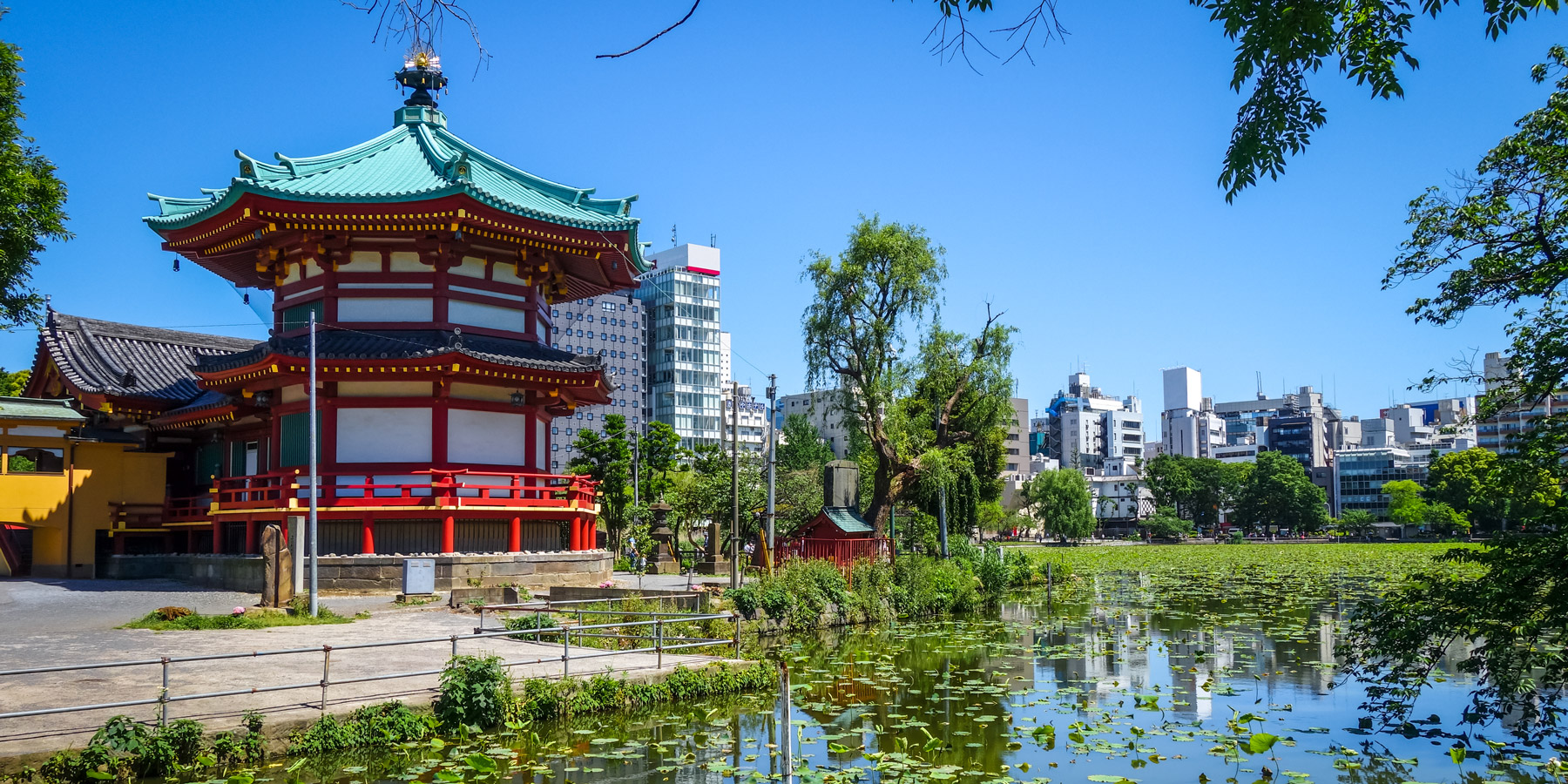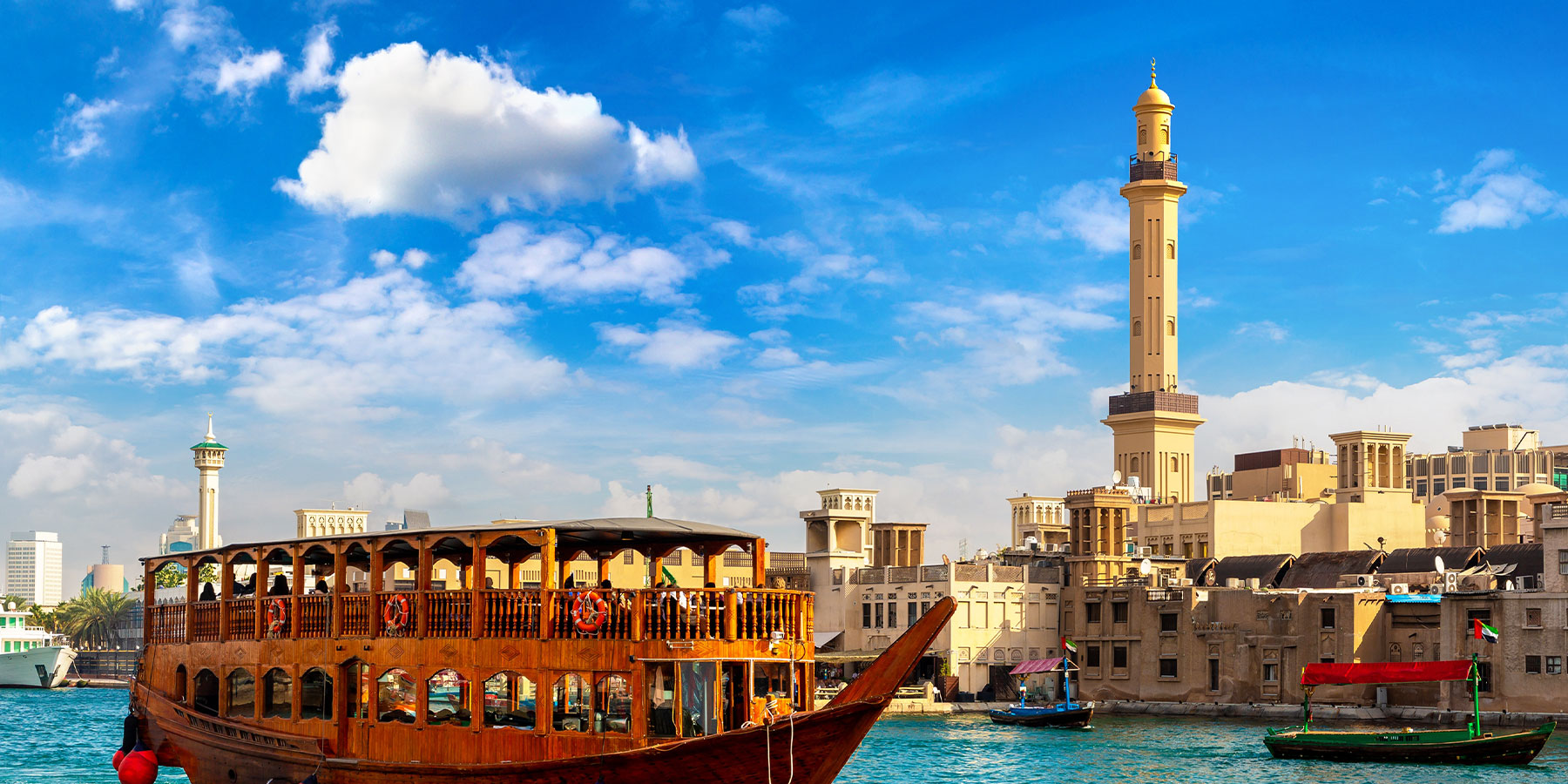
Japan’s history

This point of interest is available as audio on the tour: Visit Tokyo, Where tradition meets modernity
You cannot leave Japan without getting a glimpse of its rich and fascinating history—one that started thousands of years ago. It is believed that the first people arrived on the archipelago during the Paleolithic era, around 35,000 BC. Since then, Japanese history has been divided into distinct periods, where the first recognized era is the Jomon period, beginning around 13,000 BC with a population of hunter-gatherers and the emergence of pottery. Then came the Yayoi period, starting around 800 BC, when rice cultivation and agriculture began to take root. Japan’s first emperor is believed to have been Emperor Ojin, ascending the throne around 270 CE. For the first time, Japan became a structured state and the first funerary monuments were built. Buddhism emerged in Japan in the 6th century, coming from China and Korea, leading to the establishment of a constitution meant to organize the state. However, 8th-century Japan will know darker times—a long period of conflict and famine as powerful clans, the Fujiwara, Taira and Minamoto, fought each other to gain control of the archipelago. It wasn’t until the 12th century, after a bloody civil war in 1185, that the Hojo clan seized power and established the first military government, the Kamakura Shogunate. It ruled until 1333, then the Ashikaga clan took over and led Japan through the Sengoku period—often called the “Warring States” era—which lasted until 1603. Next, the third shonugate was established, commonly known as the Tokugawa period. It would take three leaders—Oda Nobunaga, Toyotomi Hideyoshi, and Tokugawa Ieyasu—to bring unity back to Japan, as they worked tirelessly throughout the 15th century to end chaos. Known as the three unifiers, their success marked the beginning of the Tokugawa Shogunate in 1603 and the end of Japan’s medieval age. The country was reunified with Tokugawa Ieyasu as its shogun. At the time, Christianity was widely spreading across the globe, and Western powers were slowly reaching Asia with the aim to evangelise its populations. To preserve its cultural and religious identity, Japan shut its borders to the world until the end of the Edo period, allowing only limited trade with China and the Netherlands. Despite what one may think, Japan continued to develop, especially the city of Edo—now Tokyo— that flourished with temples, townhouses, and a growing population. Throughout all shogunate periods since the 3rd century, emperors were only passive leaders as it were the shoguns who held the real power, ruling for their own profit. The Tokugawa clan governed from Edo, while the emperor remained in Kyoto with very little influence. However, everything changed in the 19th century, when the United States forced Japan to reopen its doors to the outside world. The Tokugawa shogunate collapsed, and power was restored to the emperor, who then moved to Tokyo. This led to a new era of modernisation known as the Meiji period, named after Emperor Mutsuhito’s posthumous title that meant “enlightened rule.” Japan rapidly industrialized, transforming itself into a modern and influential nation. Then came along the Taisho, Showa, and Heisei eras, and since 2019, Japan has entered the Reiwa era, led by Emperor Naruhito—the only Emperor reigning in the world today. This is how Japan rose to become the global power we know today, shaped by millenaries of history, spirituality, resilience, and a deep cultural identity.

Discover other tours to visit Tokyo

Discover Tokyo with app
An interactive guide through the most beautiful streets, squares, and districts
19 fun audioguides full of historical facts, anecdotes, and legends






Comments